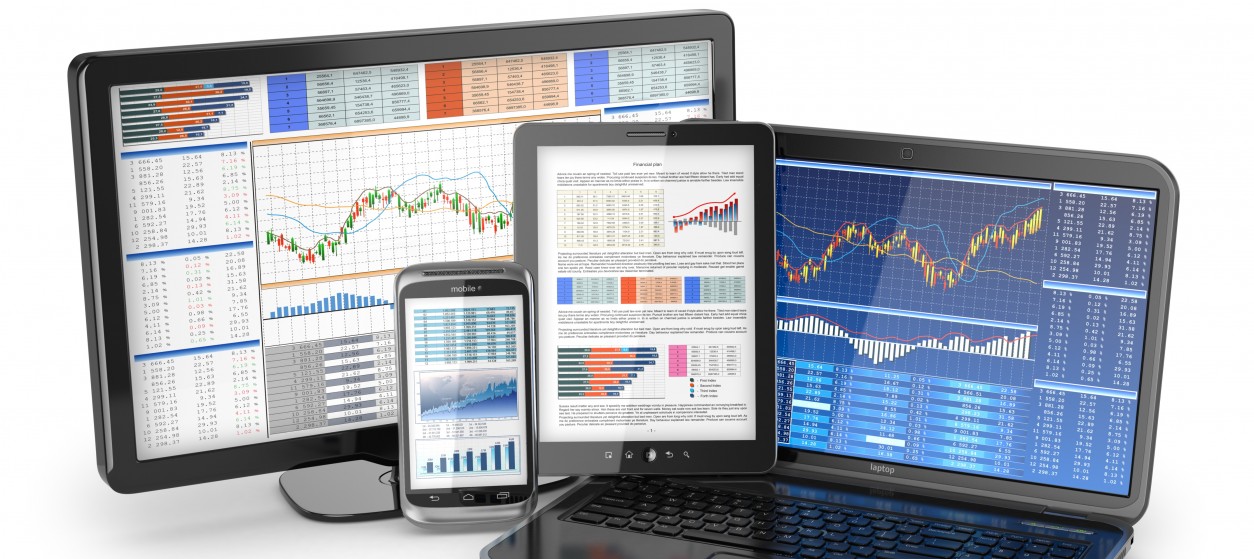We live in an era where data is often described as the new oil. Just as oil fueled the industrial revolution, data is fueling the digital revolution. Every online transaction, social media post, Internet of Things (IoT) device, customer interaction, or supply chain event generates new data points. The result is an exponential explosion of information that businesses cannot ignore, when it comes to optimizing their processes. Nevertheless, raw data, on its own, is barely valuable. Its true value emerges when transformed into insights that guide strategy, improve processes, and enable innovation. This is where Big Data Analytics steps in towards turning massive, complex datasets into actionable intelligence. Nowadays, businesses that adopt robust data strategies and Big Data analytics are already seeing the benefits in terms of smarter decision-making, more efficient operations, better customer experiences, and even support for entirely new business models. On the other hand, organizations that ignore the shift risk falling behind in today’s hyper-competitive marketplace.
In this context, one of the most prominent ways for transforming businesses via Big Data analytics involves a shift from intuitive or empirical decisions to data-driven ones.
Data-Driven Decisions: Transforming Business Thinking
For decades, executives relied on intuition, past experience, or limited datasets to chart their company’s course. While intuition remains important, today’s leaders tend to supplement it with real-time insights derived from Big Data Analytics. Specifically, businesses are nowadays using advanced analytics models (e.g., machine learning (ML) models) to forecast demand, consumer behavior, and even market disruptions. For instance, retailers can predict which products will trend next season, while airlines can optimize pricing strategies dynamically. This ability to anticipate shifts creates a competitive edge that was hardly possible few years ago.
At the same time, Big Data aligns strategic planning with reality. Instead of basing policy on gut instinct, companies can analyze historical data, simulate future scenarios, and test strategies before committing significant resources. This can also reduce risks in areas like finance, healthcare, and manufacturing. For example, using real-time analytics, it is possible to detect anomalies much faster than ever before. This is a cornerstone for preventing fraud, system failures, and compliance violation issues before they escalate into larger crises. In essence, data-driven decisions are smarter, faster, and less risky. Executives gain a crystal-clear understanding of trends and probabilities instead of taking blind decisions in the dark.
Optimizing Business Processes with Analytics
The role of data does not stop at the boardroom. Rather it actively transforms daily operations, where Big Data Analytics can reshape processes and drive efficiency. Here are some prominent examples of processes optimizations:
- Supply Chain Optimization: The integration and analysis of data from logistics, weather conditions, and customer demand, helps nowadays businesses to streamline inventory management. Specifically, two of the major causes of losses, namely shortages and overstocks, can be mitigated through predictive insights.
- Manufacturing Excellence: Modern factories employ IoT sensors that track machine performance in real-time. Moreover, predictive maintenance algorithms can suggest servicing a particular machine before it fails, which can prevent costly downtimes.
- Customer-Centric Operations: Companies leverage personalization engines powered by advanced analytics to deliver the right product recommendation at the right time. This boosts satisfaction and o improves conversion rates along with long-term loyalty.
- Energy and Resource Efficiency: Utilities and industrial firms use real-time analytics to optimize power usage, reduce waste, and automate workflows across their enterprise operations.
Key Enablers of Big Data Analytics
The success of Big Data relies on a sophisticated ecosystem of technologies and disciplines. Some of the most prominent technologies that have emerged as critical enablers for scalable and intelligent analytics, include:
- Machine Learning (ML): Machine learning empowers businesses to uncover patterns in massive datasets and continuously improve predictions over time. ML adapts and evolves as data grows, which is the reason why ML-based systems will only get better in the years to come.
- Large Language Models (LLMs): Modern LLMs facilitate natural interaction with complex data. Using LLMs and Generative AI tools powered by LLMs, executives can query business information in plain language. At the same time, LLM-based systems can be used to summarize insights, draft reports, or even automate content creation around analytics findings.
- Data Engineering: Prior to analytics, data must be properly collected, cleaned, and transformed. Data engineering builds the pipelines that turn raw information into structured, usable input for AI systems. Therefore, strong data engineering practices are the backbone of every effective analytics strategy.
- Business Intelligence (BI) Tools: BI platforms provide easy-to-use dashboards and visualization tools. They democratize access to insights by allowing managers and non-tech employees to engage with data.
- Real-Time Analytics Infrastructures: For nearly a decade, technologies such as Apache Kafka, Spark Streaming, and Cloud-native solutions allow data to be processed the moment it is generated. For businesses operating in fast-changing industries and highly volatile environments (e.g., e-commerce, fintech, cybersecurity), real-time insights can be the difference between success and failure.
Leveraging Data-Driven Templates and Paradigms
Even with the right tools, not every organization knows how to begin. Fortunately, there data-driven templates, which serve as proven blueprints and models, are emerging as accelerators. Such templates include:
- Industry Best Practice Templates: Businesses can adopt pre-designed data strategies built on successful deployments in their industry. For instance, healthcare providers can follow templates for patient analytics, while retailers can use e-commerce templates for recommendation systems.
- Reusable Machine Learning Models: Instead of developing predictive models from scratch, companies can access pre-trained ML algorithms fine-tuned for specific tasks such as fraud detection, demand forecasting, or sentiment analysis. This reusability is recently powered by specialized ML paradigms like transfer learning.
- Benchmarking Against Leaders: In several cases templates allow smaller players to replicate strategies of industry giants at a fraction of the cost. For instance, several retail enterprises have replicated the popular data-driven systems of Amazon for personalized shopping recommendations and of Netflix for content optimization.
The Explosion of Data: Why Decisions Will Only Improve
As already outlined, global data is growing at an unprecedented rate. Analysts estimate that the total digital universe will surpass trillions of gigabytes within just a few years. Wearables, connected cars, industrial IoT, digital payments and social media are major contributors to this surge. This explosion is not a problem but a tremendous advantage for businesses with the right analytics infrastructure. More data means:
- Better Accuracy in Predictions: Algorithms thrive on bigger sample sizes. Predictions about customer churn, equipment failure, or financial trends strengthen as datasets expand.
- Richer Context: Integrated datasets from diverse sources allow for better and more accurate insights. For example, understanding consumer behavior is now possible across physical stores, apps, social media, and e-commerce platforms.
- Continuous Improvement of AI Models: Machine learning systems retrain themselves on new data, which means that they become smarter over time. The more input they receive, the more refined their recommendations and predictions become.
Overall, Big Data is no longer a technical buzzword, but rather a strategic necessity. Businesses are shifting from being intuition-driven to data-driven organizations. With robust analytics, they can make better decisions driven by real-time facts, optimize every layer of their operations, and leverage proven paradigms to accelerate their digital transformation. The future is clear: as data multiplies, business intelligence will become sharper, decisions more precise, and processes ever more optimized. Those who unlock the potential of Big Data today are building the foundations for leadership tomorrow.










